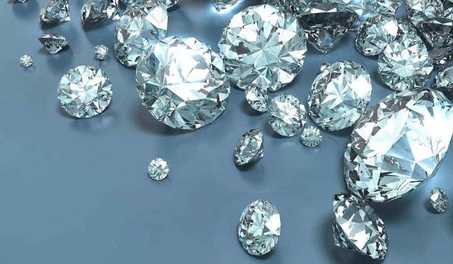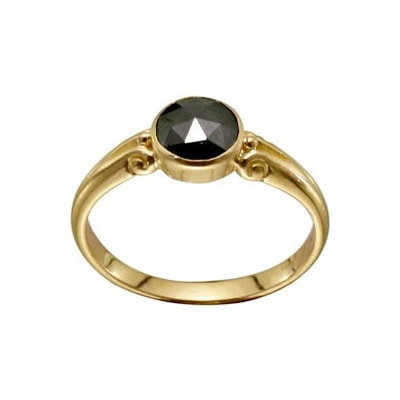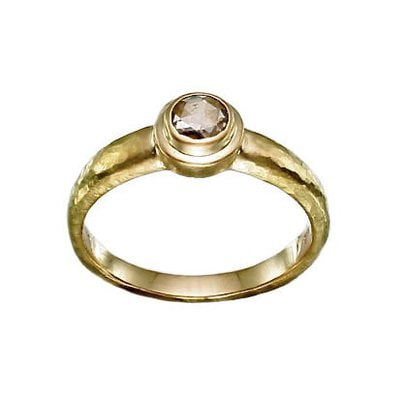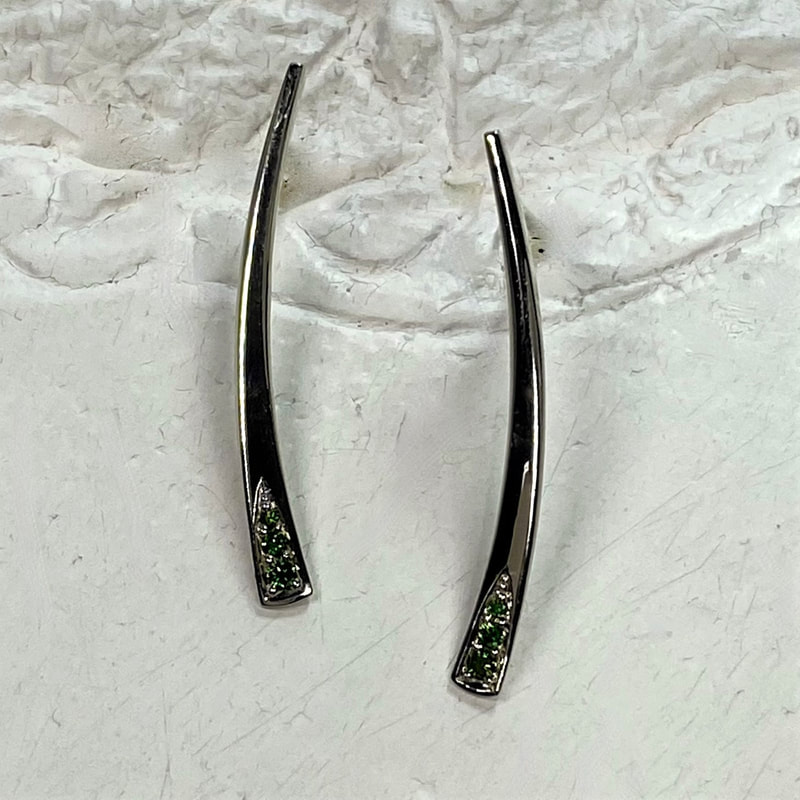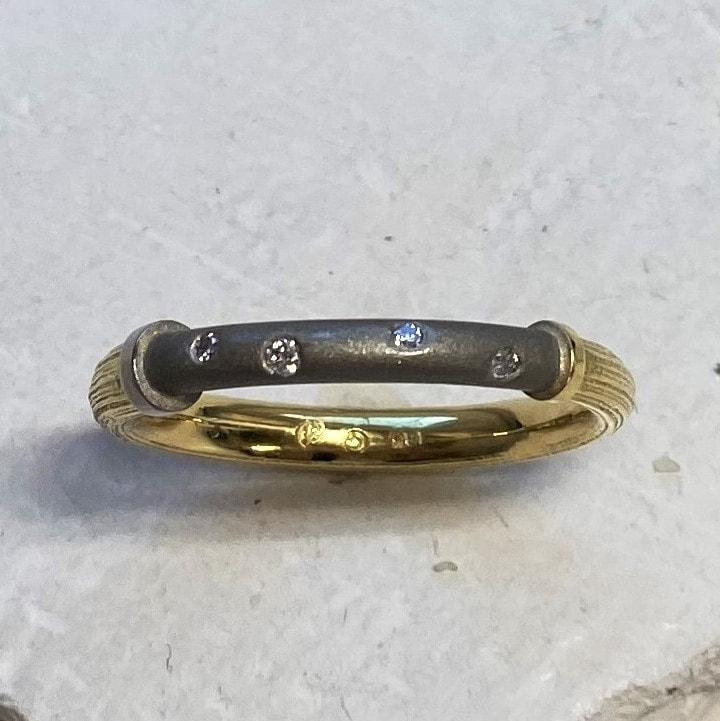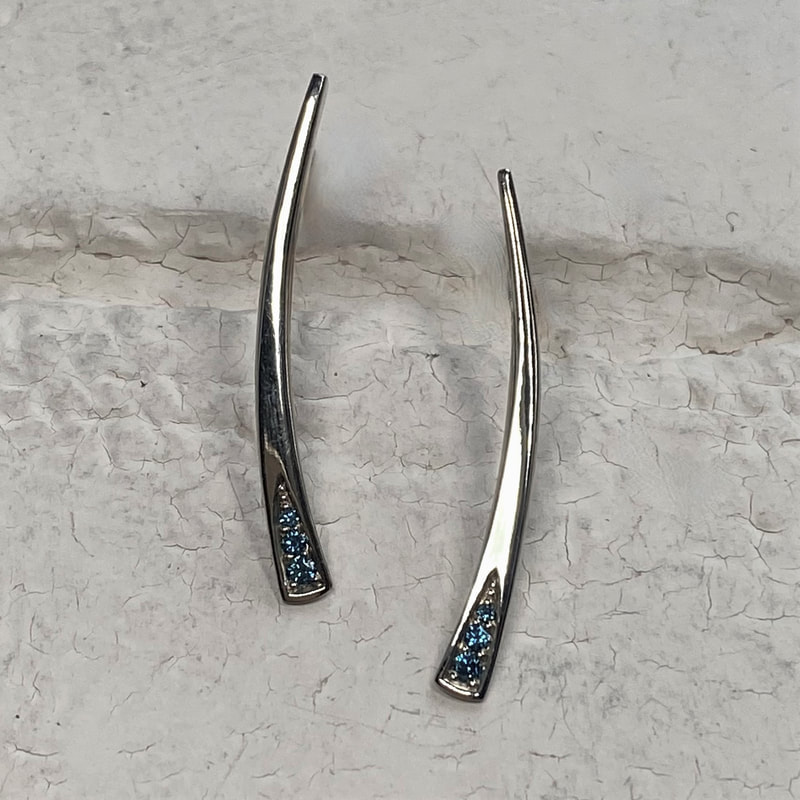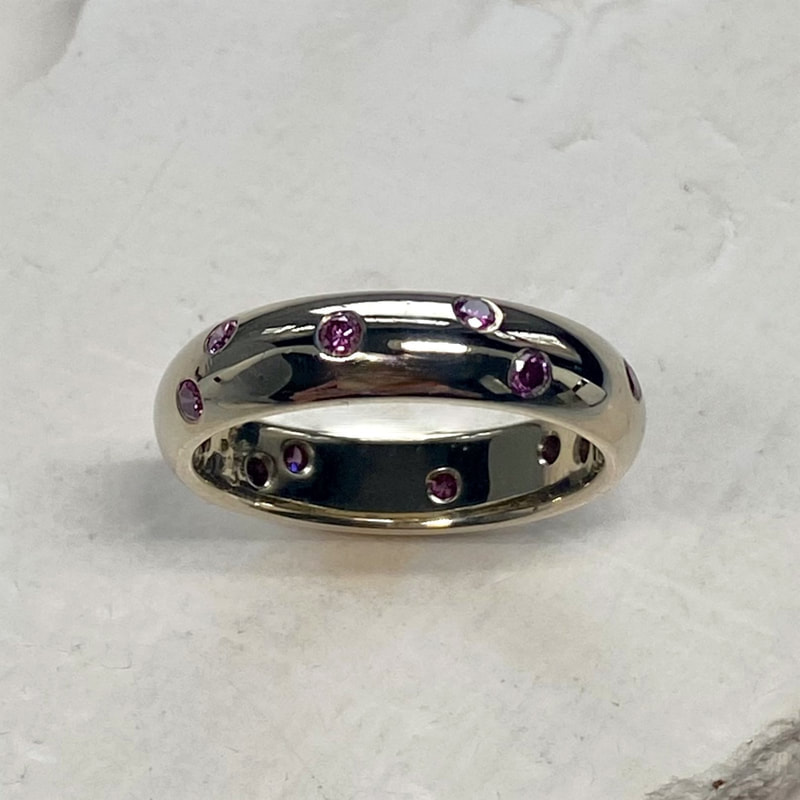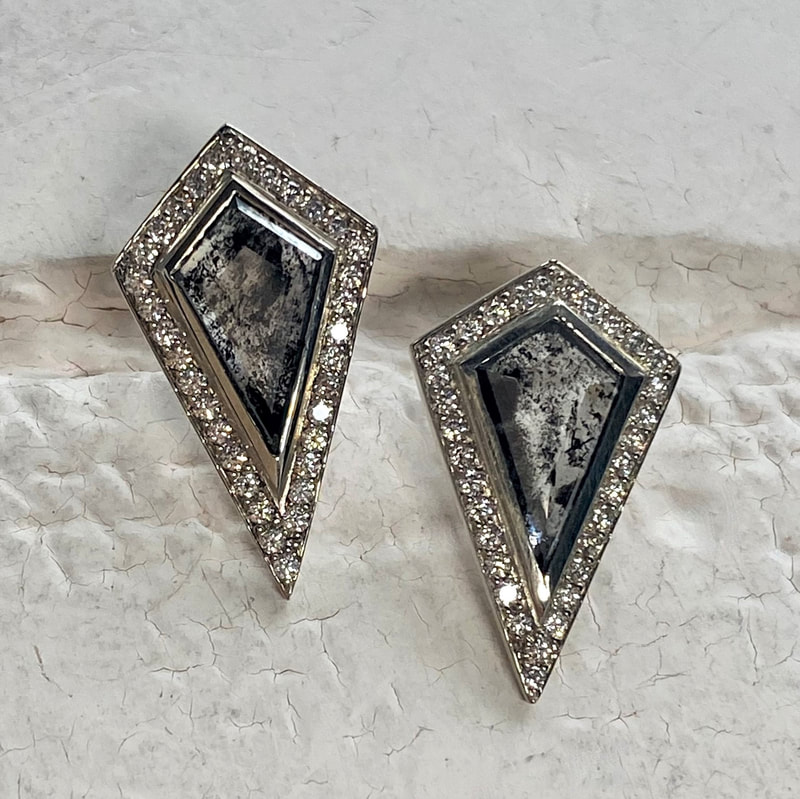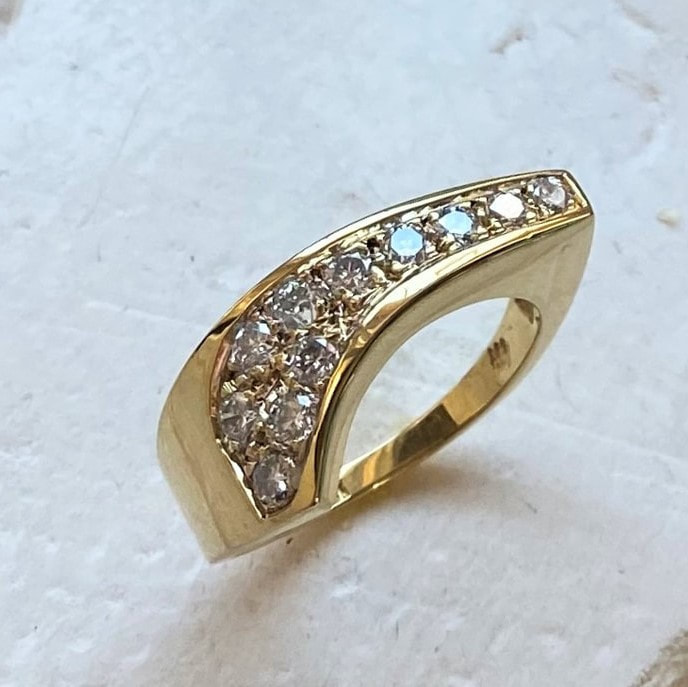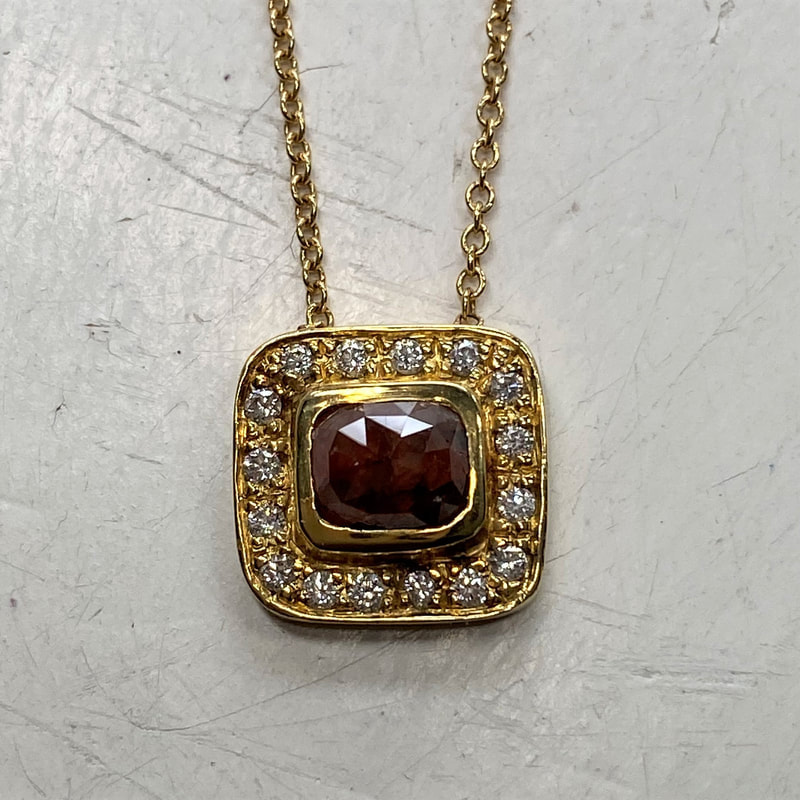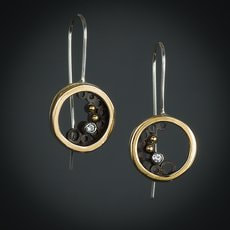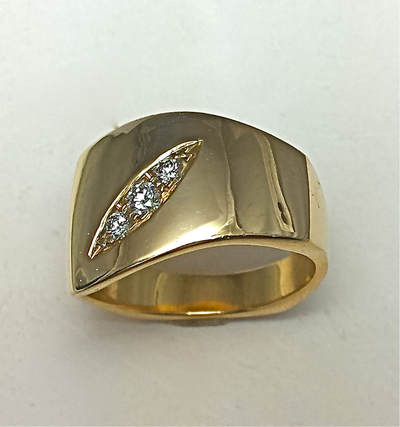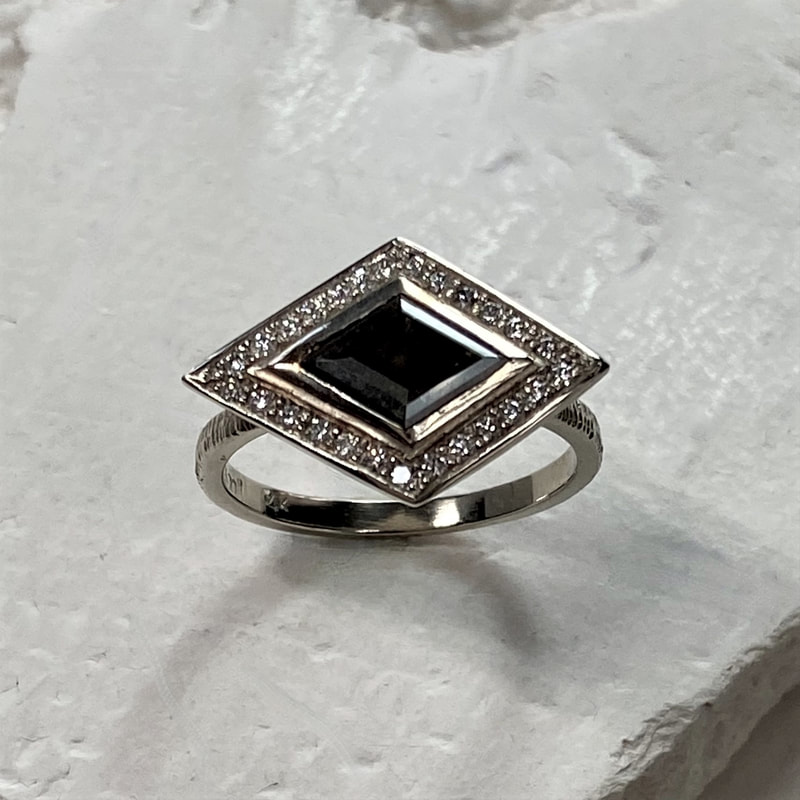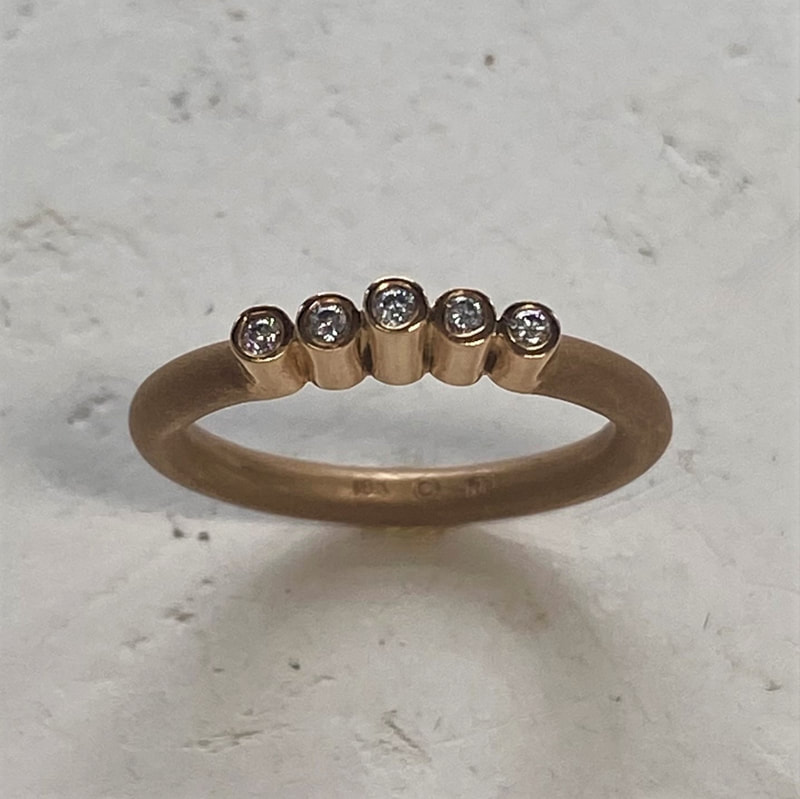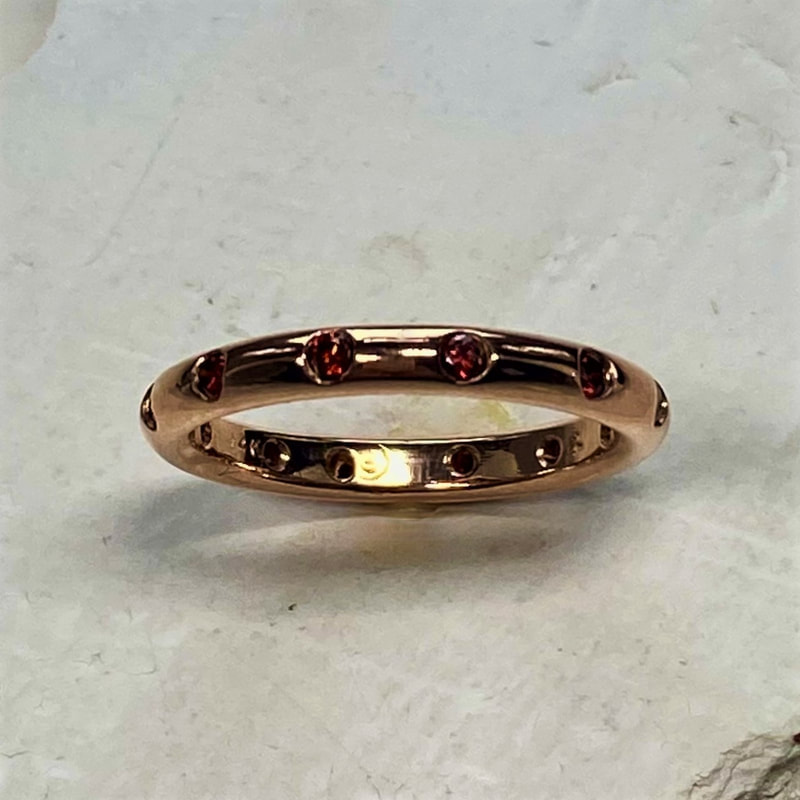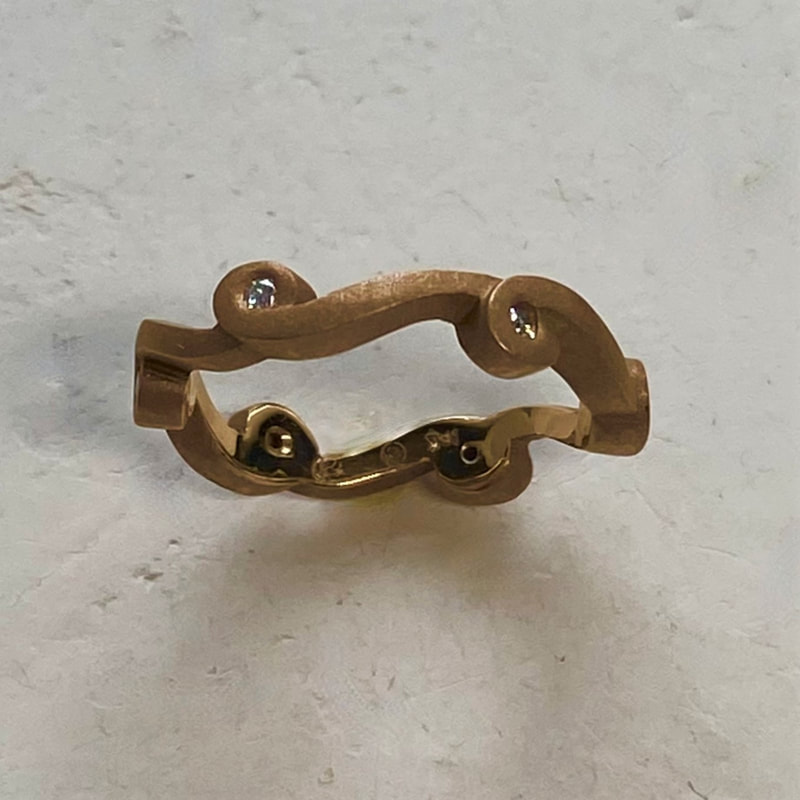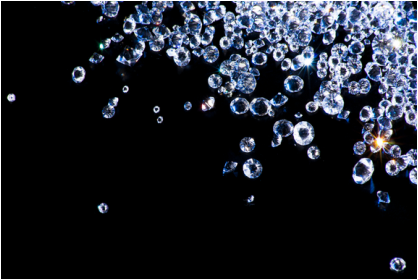Honored as the Birthstone for April, the Diamond Marks the 60th and 75th Wedding Anniversaries.
Diamonds are a symbol of love, excellence, faithfulness & purity.
Diamonds are a symbol of love, excellence, faithfulness & purity.
|
Folklore and History of the Diamond
The world’s love of diamonds began in India, symbolically used for eyes in devotional statues. Buddhist works dating from the 4th century BC describe the diamond as a well-known, precious stone. Vajra is the word for diamond, and there are in fact, 14 different names given to a diamond in Sanskrit. The oldest dated printed book in the world is called the 'Diamond Sutra', a Chinese text from 868 AD. Its title refers to a 'diamond blade that will cut through worldly illusion to illuminate what is real and everlasting'. |
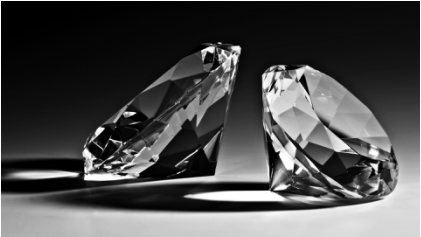
Historically, it is claimed that diamonds possess magical powers. The Hindu tradition relates diamonds to the planet Venus, while other ancient peoples connected them to Mars. Wearing diamonds in battle for protection and strength was thought to make the warriors invincible and fortify their muscles. A diamond gives victory to he or she who carries it bound on the left arm, no matter the number of enemies.
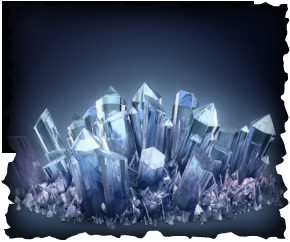
Panics, pestilences and enchantments are purported to fly away before it. Pliny said the diamond baffles poison, keeps off insanity and dispels vain fears. Wearing a diamond was said to help curtail sleepwalking. A Parisian Oracle of mystic subjects, the Baron d'Orchamps, announced the diamond, if worn on the left (hand) warded off evil influences and attracted good fortune. In later times, Robert Boyle believed that diamonds were formed of clear, transparent water, and that their colors and characteristics were derived from their metallic spirit.
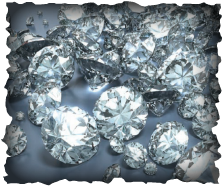
Adamas, the Greek word for diamond, also means invincible. It is the King of all crystals, stones of the mind and gemstones of the masters. The Greeks also regarded diamonds as the tears of the gods, while Romans felt they were splinters of fallen stars. Philosophers however had a more naturalistic approach to explain the origin of gems: Plato for example believed gemstones were a consequence of fermentation in the stars, where a diamond actually formed the kernel of gold-bearing mass.
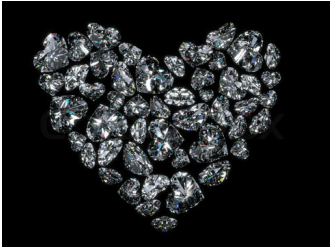
The Western tradition of the "ring finger" began with the Romans, who believed that the fourth finger was connected directly to the heart by a vein called "the Vein of Love." For this reason, the fourth finger of the left hand has been adopted through the ages as the ideal place for the wedding ring. The first diamond engagement ring can be traced to the Fifteenth Century, when the Archduke Maximilian of Austria gave the first diamond engagement ring to Mary of Burgundy in 1477. Italians call it the “Stone of Reconciliation” said to help maintain concord between husband and wife. On this account it was recommended as the stone to be set in wedding (or espousal) rings.
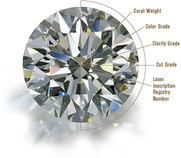
Not only are they rare and beautiful, but diamonds are impervious to fire. In ancient times, they were thought to be lighting made real on earth. Perhaps this is the reason that diamonds have often been associated with great healing powers.
Physically, they are 58 times harder than any other substance in nature. Due to its unmatched hardness and clarity, our month’s gem, the Diamond, symbolizes power, strength, brilliance and unparalleled beauty.
Physically, they are 58 times harder than any other substance in nature. Due to its unmatched hardness and clarity, our month’s gem, the Diamond, symbolizes power, strength, brilliance and unparalleled beauty.

